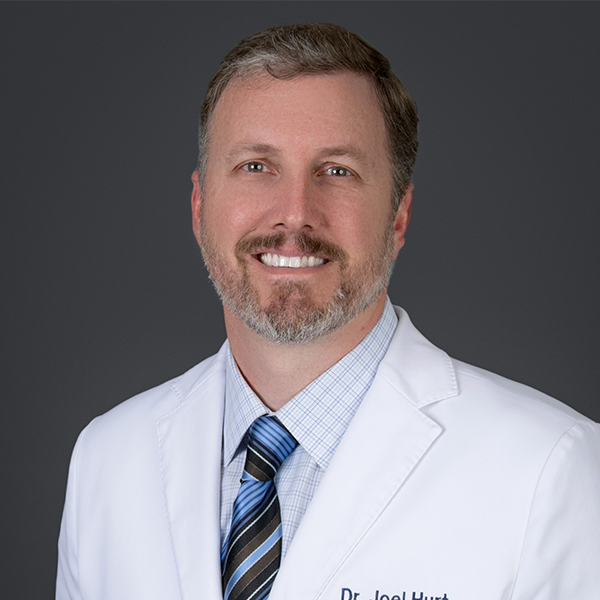Cartilage Restoration
Cartilage restoration is an advanced form of orthopedic medicine. These procedures are often performed using injections, arthroscopy, and/or open surgery.
about cartilage restoration
Success Rates & Candidacy.
Cartilage restoration is a fairly recent development in the field of orthopedic medicine – however, since its introduction, it has come a long way. Cartilage injuries are very common and can be a difficult problem to tackle. They can occur at any age, but when it comes to possible restoration, patients under 40 years old are the ideal candidates.
How Cartilage Injuries Occur
Cartilage injuries may occur in isolation, where a fragment of bone and cartilage dislodges, leaving a crater in the joint. However, they more often occur simultaneously with other injuries, including but not limited to:
- Patella dislocations knocking cartilage off the back of the kneecap
- ACL tears where the bone is bruised and cartilage injured at cellular level
- Meniscus tears
- Shoulder dislocations
Symptoms may include popping, locking, pain, and swelling, among others. Perhaps more concerning is the gradual development of post-traumatic arthritis that often occurs when cartilage surfaces are disrupted. Once this happens, options are more limited – it pays to treat these issues before arthritis ensues.
Do Cartilage Injuries Require Surgery?

One of the reasons cartilage injury so often requires surgery is because of the severely limited ability of cartilage to repair itself. There are a few reasons for this:
- There are no blood vessels in cartilage, which means it receives its nutrients primarily from the synovial fluid of the joint.
- Cartilage consists mostly of molecules like hyaluronic acid with relatively few cells scattered in between.
Cartilage structure is actually very complex, with varying architectural makeup depending on the depth, location, and thickness of the cartilage sample you are considering. For example, the majority of cells in cartilage (called chondrocytes) are found very close to the bone. At the bearing surface of the cartilage there are almost no cells, but instead a matrix of collagen fibers and other molecules. This complex nature of cartilage’s structure means it’s difficult to simply “regrow” normal cartilage.
Cartilage Injury Treatment Options
There is a large and varied spread of treatment options for cartilage issues. These treatment options include:
- Microfracture – There are a few ways to do this, but the most common way is to take a small pick and create a few small holes into the base of the cartilage defect. This penetrates the outer shell of bone (the cortex) junction of the cartilage and bone, which then allows bleeding into the joint and filling the defect with “stem cells.” These stem cells can fill the defect with new “scar” cartilage. Microfracture is considered a minimally invasive arthroscopic surgery.
- Carticel – This is the technique of harvesting cartilage from a knee, incubating it in a lab to increase numbers, and then performing a second surgery weeks later to reimplant the cultivated cells. Carticel is an attempt to try and produce “more normal” cartilage than microfracture typically is able to produce.
- Cellular Allografting – Cellular allografting involves placing bovine or fetal cartilage stem cells in putty or mix. These are then implanted in the defect to grow and fill it with “more normal” cartilage.
- Osteochondral Autograft (OATS, mosaicplasty) – OATS is the technique of taking small dowels of cartilage and bone from the knee (from areas that are less important) and transplanting them into the cartilage defect.
- Osteochondral Allograft – This is the technique of taking dowels of living cartilage and bone from a specially procured and precisely sized cadaver specimen and transplanting them into the patient’s cartilage defect.
Note that clinic injections of stem cells and PRP, while widely used, have not yet been proven to be restorative for cartilage injuries. They are primarily indicated for symptom management – though this could change with future scientific advances.
The decision to undergo cartilage restoration surgery is complex and requires the consideration of many factors. Picking the right patients who have a high chance of success is paramount. Often, if not most of the time, other procedures besides the list above have to be done simultaneously. Examples include ligament reconstruction, meniscal repair, and/or bone osteotomy (cutting the bone strategically to redistribute forces in the knee).


